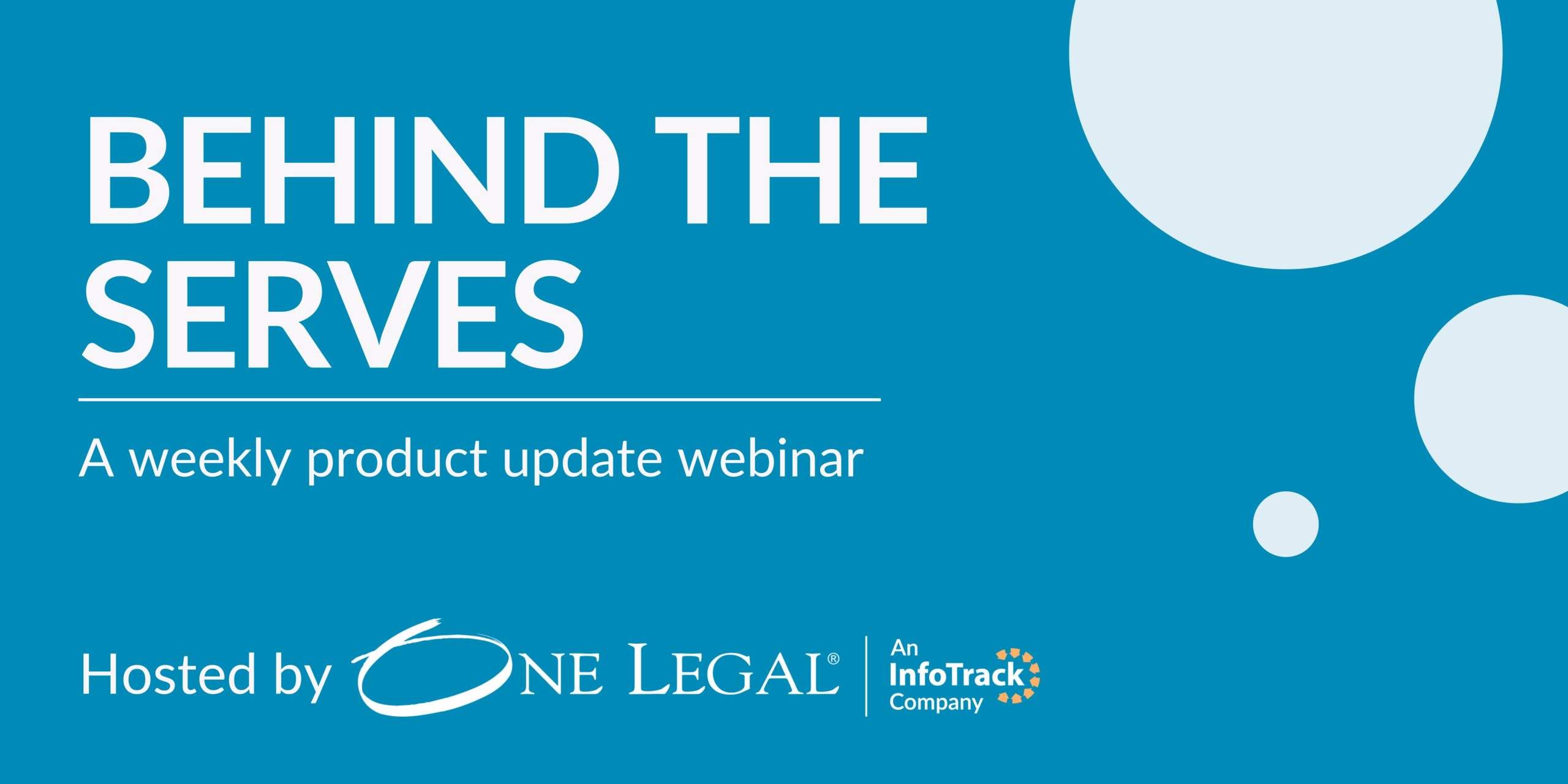The Portable Document Format (PDF) has been around since the 1990s and has long been since considered the “gold standard” of document types, independent of application software, hardware, and operating systems.
While some have believed the PDF to be “a format that causes headaches for the average person,” the truth is that much of the confusion around this document type is due to a series of myths about the PDF.
Now, most courts require legal professionals to be proficient in working with PDFs to be able to comply with the eFiling rules. And because of the various rules associated with legal documents, the free version of most document editing software won’t suffice.
Why PDF?
For a document to be admissible in court, it must be in a format that can’t be altered without leaving an electronic trail. While there are many options for formatting a file that is unalterable, such as TIFF, JPEG, and GIF, these don’t leave an electronic trail.
This detail makes it a key choice for legal documents, but the PDF format has several key benefits for law firms. Let’s look at some of the most popular reasons why PDF is preferred.
Formatting is maintained
A PDF document keeps its formatting and will be presented exactly how the creator designed it. That’s a major issue when sharing documents created in Microsoft Word—which can change appearance and styling according to the reader’s version of the software, giving the appearance of slipshod work to your clients or colleagues.
Worldwide standard
The PDF format is easy to view and easy to share. Everyone has a PDF viewer, and again, your document will look the same on every one of them
Typically a smaller file size format
There’s no need to zip or compress a file when sending it to a client or another attorney. This also saves hard drive space on your firm’s network.
Password protection
A PDF file can be protected by a password, which is critical when dealing with work product and confidential client information.
Works on any operating system
As mentioned above, this format will work on all major operating systems, so you can be assured that your client or boss will be able to easily view the document.
Ability to integrate non-text elements
This format lets you integrate images, which can be useful in pleadings, such as incorporating exhibits like contracts, emails, or advertisements. PDF documents also support hyperlinks that allow a reader to jump to another document or website.
Investing in a PDF editing software
Yes, these are highly useful documents, but they can be created with other tools. So why should your firm invest in a way to edit PDFs more closely?
Read more: Buyer’s guide to PDF software for your law firm
The free versions often aren’t sufficient
Free versions of PDF editing software may allow you to make certain tweaks, but you’ll miss out on too many features by relying on Acrobat Reader and its parallels. Redacting, bookmarks, Bates stamping, and other functions aren’t fully accessible until you upgrade.
Another potential issue with free PDF editing software is that it may contain bugs and corrupt your documents. This means redoing your work or retracing your steps to obtain the original.
eFiling requirements demand more
Scanners are tools of the all but distant past, now that even specific resolutions, sheet feeders, and OCR software aren’t enough. When removing metadata, digital redaction, electronic bookmarks, and more are requirements for most courts, you’ll need a comprehensive solution for staying on top of it all.
There are many types of PDF editing software, and a law firm should have one in its arsenal of office tools. Given that the PDF format was created by Adobe, its Acrobat suite of software is the best for editing PDF files. While it is more expensive, it provides the most support, training, and customer service, as Adobe is constantly updating and improving its product.
The most efficient way to create court-friendly documents
There are several steps you can take to make your PDFs more friendly to judges, law clerks, and other attorneys—which a sophisticated PDF software can make even easier.
Create text-based PDFs. This is almost always the most preferable method because it creates the cleanest, most efficient document. Plus, the text is searchable, which may be required by the court.
Bookmarking is another PDF feature that’s helpful when creating and filing large pleadings. This helps the reader to navigate through the document.
Finally, be aware of the style and formatting of your document. Try to keep the document as simple as you can, and make the paragraphs and sentences short and concise. The use of sub-headings also helps create easily-navigable sections.
***
The PDF format is secure, and a law firm can keep private client data private. In addition, staff can easily transfer data and documents across different platforms—to and from other attorneys’ offices, clients, and courts—without losing formatting or coding.
Just a few reasons why smart law firms will invest in the adoption of a PDF software and train users on how to create court-approved documents now so that they’re efficient now and in the years ahead.








